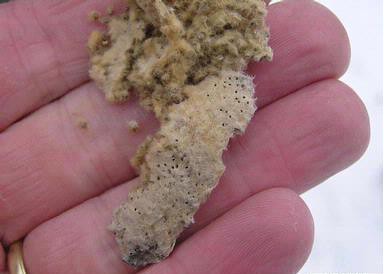With an estimated 40 million people moving each May, it’s no wonder this “very merry month” is recognized as National Moving Month. If you plan to move this year, please don’t make a move until you check for the gypsy moth.
This invasive pest has altered the landscape in 19 States and the District of Columbia, and without your help, it threatens many more. Since 1970, 75 million acres in the United States have been defoliated by the gypsy moth. It’s an all too common scene in our forests: a barren, wintry look in the middle of summer. The gypsy moth is known to feed on more than 300 trees and shrubs. Left unchecked, an infestation of gypsy moth can defoliate up to 13 million acres of trees in one season.
The affected States have partnered with the Federal government for decades on the eradication and suppression of this pest, but we need your help, particularly those who are planning a move, and those who plan on pitching a tent under the stars. The gypsy moth often spreads into noninfested areas when people are moving or traveling from an infested area, transporting vehicles and other outdoor items with gypsy moth egg masses attached. Each egg mass contains up to 1,000 eggs.

A few simple steps can help prevent an infestation: Inspect your vehicle and outdoor household goods — lawn furniture, grills, outdoor toys, camping equipment, etc. — for gypsy moth egg masses, and remove any that are found. This can be performed easily with a putty knife, stiff brush, or similar hand tool. Simply dispose of the egg masses in a container of hot, soapy water, or place them in a plastic bag, seal it, and set it in the sun.
Another lesser-known fact: The United States Department of Agriculture requires anyone moving or traveling from a State infested with the gypsy moth to a noninfested state to carry an official certificate of inspection of all common outdoor household articles that could carry the gypsy moth. To meet this requirement, one can perform a self-inspection of household goods or hire a State-licensed pesticide applicator. The checklist and additional information—including whether your area is under quarantine—can be found at YourMoveGypsyMothFree.com.
While you enjoy the beauty of America’s natural resources, please do your part by making sure you left this unwanted pest behind.



